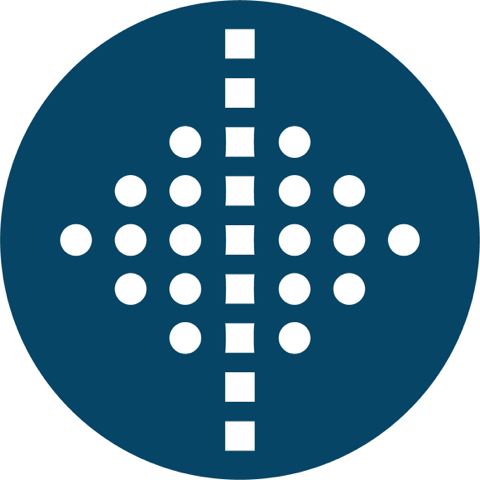Bifogade filer
Prenumeration
Beskrivning
| Land | Norge |
|---|---|
| Lista | Oslo Bors |
| Sektor | Hälsovård |
| Industri | Medicinteknik |
Bergen, Norway, 17 July 2024: Today, Lifecare ASA (LIFE), a clinical stage medical sensor company developing the next generation Continuous Glucose Monitor (CGM), can announce positive results from the first four week of sensor longevity trials.
Reference is made to press releases 18 June 2024 when the company initiated the trials with wireless readout. The Sencell sensor that has been implanted under the skin of the dog Elli has now passed its operational lifespan of 4 weeks. During these weeks, the Lifecare team at the Norwegian University of Life Sciences (NMBU) has received large amounts of data. This validates the functionality of the Sencell sensor and the sensor technology itself.
Elli, is the first patient with the wireless glucose sensor under her skin. The Team monitors Elli on a daily basis, including reports from her owner. Ellie is in good health and shows no signs of discomfort related to the implant.
- Four weeks operational lifetime of the sensor is a huge milestone for us. We are very pleased with the ground-breaking work that is taking place now. Mainly, the purpose of the longevity studies has been to confirm long-term sensor functionality in live tissue and that the chemical composition operates as it should. We have received large amounts of data during these weeks that validate the technology and the actual functionality of the sensor. This also indicates that our osmotic sensor principle exceeds the lifetime of some of the commercially available CGM sensors on the market, says CEO Joacim Holter at Lifecare.
Eight days into the longevity study, Managing Director Jo Amundstad of the subsidiary Lifecare Veterinary and his team at NMBU placed a Freestyle Libre glucose monitor from Abbot on Elli's skin. The purpose was to give a reference source to our Sencell sensor under the dog's skin and validate our monitored data. The Freestyle Libre monitor's functionality ended after 13 days.
- Previous in-vivo studies on pigs and humans have been limited to three days. Hence, we are very proud of this achievement of the Lifecare team who have been involved in the ground-breaking efforts they make for people and animals who have to live with diabetes. Every day they conscientiously work towards our goal of making life easier and less painful for this patient group. The sensor's performance during the longevity study and the number of data points that have been read provide a solid foundation for further work, says Holter.

